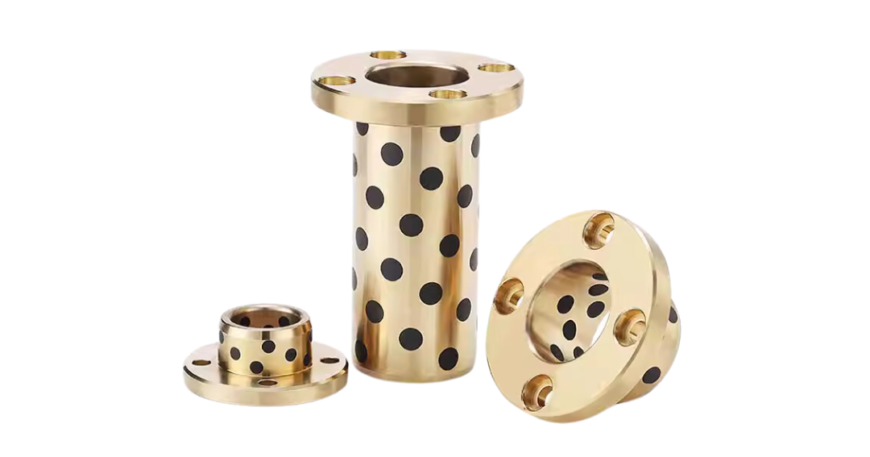Identifying and preventing material defects in mechanical bushings is crucial to ensuring safe and stable operation of mechanical equipment. Here are some suggestions for addressing this issue:
Identifying Material Defects in Mechanical Bushings:
- Visual Inspection: Conduct a thorough visual inspection using the naked eye or magnifying tools to detect obvious defects such as cracks, bubbles, or inclusions.
- Non-Destructive Testing: Utilize technologies such as X-rays, ultrasonics, and other non-destructive testing methods to investigate the internal condition of bushings and identify potential defects.
- Metallographic Analysis: By examining the microstructure of the bushing material, one can understand its organizational structure, grain size, and other critical information to evaluate material quality.
- Chemical Composition Analysis: Employ techniques such as chemical analysis or spectral analysis to ensure that the chemical composition of the bushing material meets the required standards, thus preventing the use of low-quality materials.
Preventive Measures for Material Defects in Mechanical Bushings:
- Select High-Quality Materials: Source raw materials from reputable suppliers to ensure that the quality meets relevant standards.
- Control Production Processes: Establish strict production workflows and operational specifications to ensure that each production stage meets quality requirements.
- Strengthen Quality Inspections: Conduct regular quality inspections on raw materials and semi-finished products to promptly detect and address material defects.
- Enhance Employee Quality Awareness: Enhance employee education and training in identifying and preventing material defects, and ensure quality control at every production step.
Additionally, consider implementing a comprehensive quality management system to monitor and manage the mechanical bushing production process efficiently to prevent material defects at their source.
By implementing the above steps, material defects in mechanical bushings can be effectively identified and prevented, thereby enhancing the safety and reliability of mechanical equipment.






